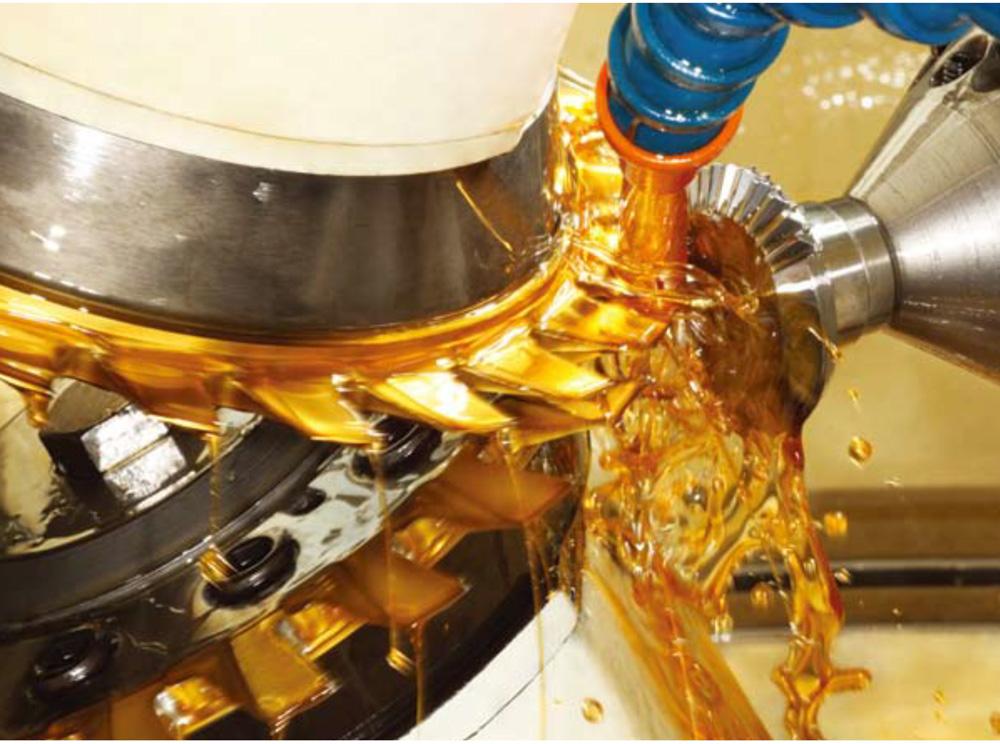The latest version of TS16949 certification criteria for the fourth edition will be formally implemented on April 1, 2014. Industry insiders analyze that the new version of the certification criteria will have a significant impact on the automotive industry supply chain.
In 2008, the TS16949 certification rules issued by the International Automotive Task Force (IATF) integrated the advantages of traditional standards such as QS9000 and VDA6.1, and gradually became the third-party certification standard for the quality management system unique to the automotive industry. The guidelines have formed a scale of more than 60,000 certificates worldwide and established a huge customer base.
In fact, the fourth edition of TS16949's latest certification criteria was released on October 1, 2013 to increase the value and credibility of the technical specification and raise the threshold for certification requirements. The standard conversion period is set to 6 months to achieve a smooth transition.
In order to help companies understand first-hand information on rules changes during the transitional period, SGS, a testing, appraisal, testing and certification body, will hold the “TS16949 New Edition Certification National Tour Interpretation Conference†in more than 20 cities across the country in the near future. Explore how to use rule upgrades as an opportunity to build safe and reliable quality management capabilities.
Industrial Auxiliary Materials:
According to their intended functions, auxiliary materials can be divided into the following eight groups:
(1) Materials that donot constitute the main substance of output and are added to the basic materials to impart specified properties to thefinished product (for example, varnish and paint);
(2) Materials that are needed to directly affect basic materials;
(3) Material used to service equipment and premises (for example, lubricating or cleaning materials);
(4) Materials for equipment repairand building maintenance;
(5) Materials used for the needs of the workers (for example, overalls);
(6) Materials related totransport within the plant;
(7) Materials used in supply and marketing (for example, packing materials); and
(8) Administrative materials (for example, office supplies).
What VESTA supply for you?
We have a good relationship with local manufacturers of auxiliary sub-supplier, like Cutting Oil,Cleaning Agent, SMED Quick die-change system,bearing part,Toolings And Fixtures,etc.
The timely provision of auxiliary materials to enterprises is of great importance for the production process. A strict rationing,planning, and control of use is necessary, as is establishment within the enterprises of a clearcut order of supply to allenterprise subdivisions.

Industrial Auxiliary Materials
Industrial Auxiliary Materials,Industrial Materials,Indirect Industrial Materials,Auxiliary Materials
VESTA Motoring Ltd , http://www.vesta-industry.com
